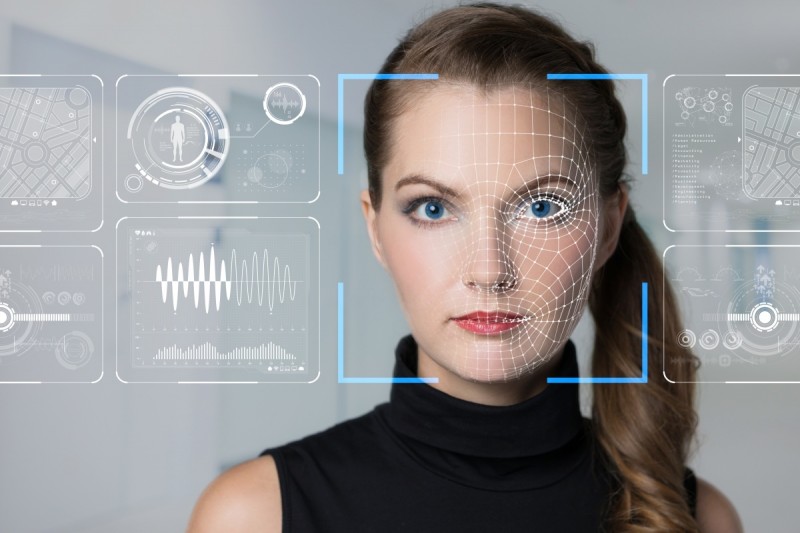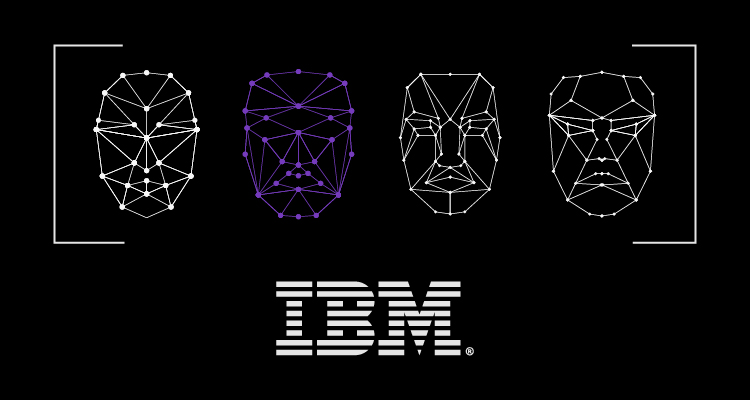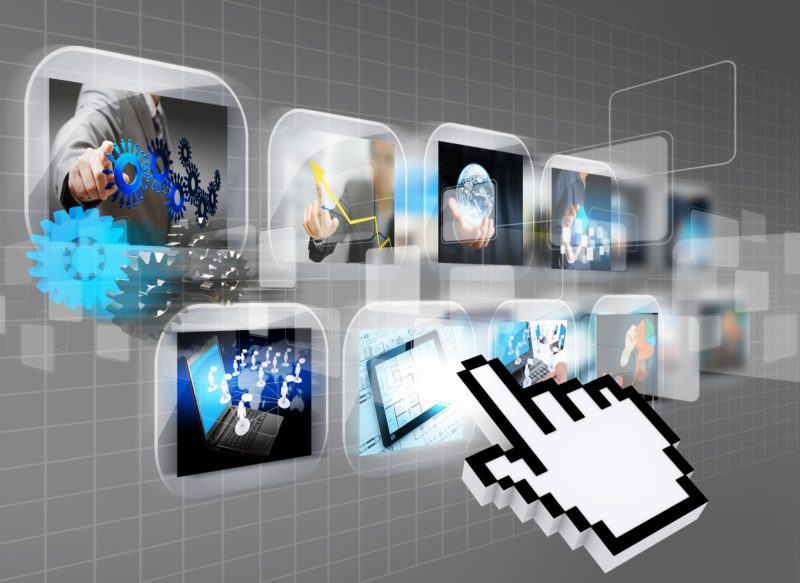Mad Systems’ New Software Is In Your Face
Last month I wrote a blog about Mad Systems new Quicksilver AV distribution system and I ended that piece with a teaser about their new facial recognition software.
If we know anything about content, we know that the context of that content is extremely important. Delivering content is one thing, but delivering customized content to the person actually looking at the display takes things to a whole new level.
Enter Mad Systems’ new patent-pending Facial Recognition system.

The system uses any number of small cameras linked back to an on-premise server to assess the audience at a display at any given time, allowing the content to be tailored appropriately. Many systems on the market currently fail in that they take too long to recognize and react to the person standing at the display. Sometimes it may take over 10 seconds for the system to change the content, which means the person viewing the display has most likely already started moving on. The Mad Systems solution reacts in under a second, meaning that depending on the field of view of the camera, the content has most likely changed upon the viewer’s approach, offering instant access to the personalized content.
As an example, upon my tour of the Mad Systems workshop, if I walked up to a display it would play content in English, but if I held a picture of Putin in front of my face, it would immediately switch over to Russian.
The system can also prioritize content for multiple users, meaning that if I approached, the audio would play in English, but if someone else stood next to me with a language preference of Spanish, the audio would continue in English, while the subtitles would come on in Spanish. If I walked away completely, the audio would change to Spanish, and the subtitles would disappear again.
Preferences can be set in advance, or if the screens are interactive, they can be prompted at the first touch-point, and then stored for future experiences.
For privacy concerns, the system can be set up so that it does not actually store pictures of users’ faces. Instead the system can store only encrypted versions of the facial vectors, or the unique facial geometry of a user’s face. This means if the system is compromised in some way, the only data being stored for identity are random arrays of triangles and lines and these vectors cannot be used to reverse engineer an actual face – however, Mad’s system will work without any external link whatsoever to ensure safety of the data on the system, even if it is only kept for the day.
There are some instances however where privacy concerns may mean that people don’t want their faces scanned at all. One example of this may be parents not wanting their children to be scanned. Mad Systems has a solution for this as well. Many times, when a school group comes through a theme park or a museum, they do something to easily identify themselves and keep track of everyone in the group… they wear the same color or the same shirt etc.
Mad Systems also has a patent-pending color and pattern recognition software option, meaning that content can be customized to the group’s green shirt and logo as opposed to the individual faces. It also allows for the option of customized lanyards for guests that utilize color and patterns that are automatically seen by the camera system eliminating the disruption of scanning badges, cards, etc. for content customization. As an example, visually impaired people could wear a simple yellow cardboard badge on a lanyard to allow the system to provide high contrast media when this person is seen by the system.

Finally, to connect all the dots, Mad also has a patent pending on a Looking Glass Concierge software that allows stores, museums, theme parks and other venues to create relevant promotions and sales opportunities based on the reactions of customers to content. For instance, if a user stops at a screen playing sports clips and smiles more when baseball highlights are playing, content can be delivered to that viewer specifically promoting baseball tickets or apparel as they move throughout the venue or even on return visits.
As you can tell, the ROI on facial recognition is high, both in customer experience and in delivering contextual content that matches the viewer’s preferences, whether stated when interacting with the system deliberately or as interpreted through the emotional facial expressions observed passively.
The software also works independently of the company’s Quicksilver system, meaning it can be added to other venues and installations regardless of the displays and video distribution system being used.
If you’re looking for a way to connect quickly with audiences giving them a first-class experience, I encourage you to check out Mad Systems new suite of software. As it turns out, they hope to announce another patent-pending disruptive technology at their event next week.
For more information on Mad Systems, go here.





